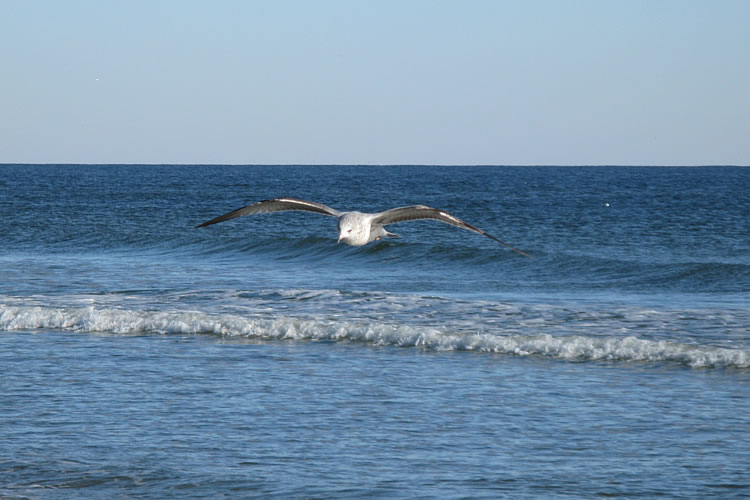Staff reports | Folly Beach has one of America’s top five best restored beaches for 2015, according to the American Shore and Beach Preservation Association (ASBPA).
“As Americans flock to our nation’s coastline during the upcoming beach season, most don’t even realize they may be enjoying a restored beach,” said ASBPA President Harry Simmons, who is mayor of Caswell Beach, N.C. “Coastal communities have restored more than 370 beaches in the United States, including such iconic beaches as Jones Beach in New York, Ocean City in Maryland, Virginia Beach, Miami Beach, South Padre Island in Texas, Venice Beach in California and Waikiki Beach.”
Joining Folly Beach on the list are Santa Monica, Calif.; Galveston, Texas; Western Destin Beach, Fla.; and South Hutchinson Island/St. Lucie, Fla.
Folly Beach won the award, in part, for work to fix Folly Beach County Park, which became inaccessible in August 2011 after Hurricane Irene. Without the project to restore the beach, the park would still be closed, according to a press release.
In August 2011, after Hurricane Irene passed off the coast of South Carolina and rendered certain facilities at Folly Beach County Park inaccessible, the park was closed and public access and parking for over 400 cars on the west end of Folly Island was eliminated. This project restored the beach and allowed the reopening of one of Charleston’s most important public beaches. Without this project, the park would still be closed.
“As Charleston’s beach, the loss of the county park access was a loss to the whole community,” said Lee Weishar, chair of the Best Restored Beach Committee. “This project gave them back their recreational beach and had an added benefit of adding sea turtle and pelican habitat – making it a Best Restored Beach.”
The restored beach also provides an area that facilitates sea turtle nesting and shorebird habitat on the west end of Folly Island, the release said, adding, “Skimmer Flats, a major Eastern Brown Pelican rookery, is adjacent to the park site so restoring the beach was important to that population as well. The key element of the plan was construction of a terminal groin to retain sand; dune plantings were incorporated as well.”
According to the Charleston County Parks and Recreation Commission, permits were approved by the U.S. Army Corps of Engineers and the S.C. Department of Health and Environmental Control’s Ocean and Coastal Resource Management to allow the excavation of approximately 415,000 cubic yards of sand from a shoal in the Folly River. On May 5, 2013, stabilization began with pumping sand, and continued with the construction of a terminal groin at the southernmost end of property. The terminal groin is a 745-foot-long low-profile steel structure designed to trap and hold southerly flowing sand in place, while excess sand flows over and around the groin to rebuild the end of the spit. The project was funded entirely through a commission Capital Projects bond. The park reopened on July 3, 2013.




 We Can Do Better, South Carolina!
We Can Do Better, South Carolina!
























